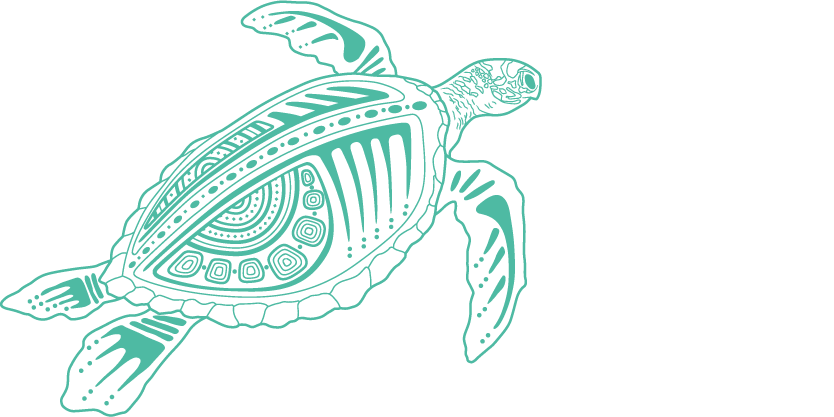Estuarine crocodiles are iconic apex predators and an important keystone species in the coastal ecosystem. They are also of exceptional cultural significance to many First Nations groups across northern Australia.477 Estuarine crocodiles commonly inhabit tidal reaches of rivers, beaches and islands across the Region, but most are riverine.478 Nonetheless, they are capable of long-distance movements extending over hundreds of kilometres.479 Since 2019, the data gap for crocodile populations has been filled. The most comprehensive crocodile population monitoring in more than a decade was carried out between 2016 and 2019.478 The study, published in 2022, confirmed the population has had only a modest increase through time, and it is not projected to significantly increase in the future.478 The population started from a very low base due to previous hunting, and recovery has been relatively slow and highly variable across Queensland.478
Crocodile populations have continued to recover following historical reductions
Since the 1980s, the subpopulation between Cooktown and Ingham has been increasing at a rate of 2 to 3 per cent per year.478 The spatial distribution of estuarine crocodiles in Queensland has not changed since the 1980s, and there is no evidence of a southern expansion of their range.478 The size of the estuarine crocodile population in Queensland is currently estimated at 20,000–30,000 non-hatchlings at an average of 1.7 crocodiles per kilometre of river surveyed.478 This is considerably lower than crocodile abundance and distribution in the Northern Territory.478 The density of crocodiles is highest in northern Cape York Peninsula (3.0 per kilometre) and declines southward, with 1.2 per kilometre in the Cairns region, down to 0.2 per kilometre in the Fitzroy River, Rockhampton.478 This southerly reduction is a likely consequence of lower temperatures and less suitable habitat.478
The crocodile population south from Cooktown represents around 20 per cent of the Queensland total.478 While the crocodile population has continued to increase relatively slowly along the east coast between Cooktown and Ayr, the average size of crocodiles has reduced in this area. This is likely to be a consequence of the regular removal of ‘problem crocodiles’ under the Queensland Crocodile Management Plan.478 Since 2019, population genetic studies have improved understanding of migrations between subpopulations, and the sources and sinks of such movements, vital information for the management of this large predator.479,480 Most crocodiles in eastern Queensland appear to remain close to their place of birth with 90 per cent of crocodiles dispersing less than 50 kilometres. The Proserpine and Fitzroy River populations are the most genetically isolated in the Region.479,480
Estuarine crocodile populations have continued to recover following historical reduction to very low numbers. Since 2019, although statewide surveys and genetic studies have highlighted some vulnerabilities, the overall condition of crocodile populations is thought to have improved, and confidence in this assessment has increased.


